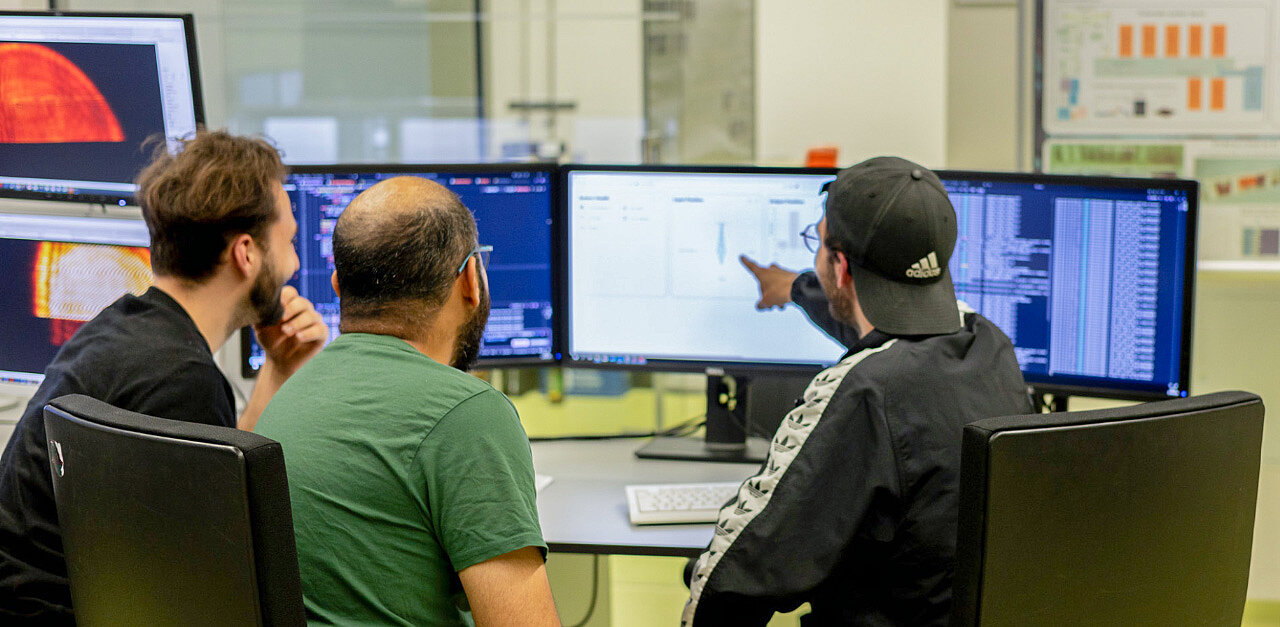Researchers at the Centre for Advanced Laser Applications have made a significant advance in the optimization and control of laser wakefield accelerators (LWFAs) using artificial intelligence techniques. This development could make these compact particle accelerators more accessible and easier to operate for a wide range of scientific and medical applications.
LWFAs use ultra-intense laser pulses to accelerate electrons to high energies over very short distances. While promising, these devices have traditionally required constant adjustment by expert operators to maintain optimal performance. The team, led by Dr. Andreas Döpp, has now developed an AI system that can navigate the complex, multi-dimensional parameter space of an LWFA more effectively than human experts.
The study demonstrated accurate electron beam energy tuning from 150 to 400 MeV using AI control, while simultaneously optimizing 8 different accelerator parameters. “Our AI system can find optimal accelerator settings almost instantaneously, a task that would take even experienced operators extensive experimentation,” said lead author Faran Irshad. “Moreover, the system has revealed subtle relationships between parameters that we hadn't fully appreciated before.”
The team used a technique called multi-objective Bayesian optimization to map out the accelerator's performance across different operating conditions. This allowed them to identify a range of settings that balance trade-offs between beam energy, charge, and energy spread. They also developed an interpretable machine learning model that provides insights into optimal control strategies. A key innovation in this work is the “inverse model” developed by the team. Christoph Eberle, who led this aspect of the research, explained its significance: “Our inverse model allows users to specify the beam parameters they want, and it suggests the accelerator settings most likely to achieve those results. It's like having an AI expert operator that can instantly translate desired outcomes into concrete machine instructions.”
Dr. Döpp emphasized the broader implications of the work: “By automating the complex task of accelerator optimization, we’re lowering the barrier to entry for using these devices. This could accelerate the adoption of LWFAs in applications ranging from medical imaging and cancer therapy to advanced light sources for materials science.” The research team’s findings were published in the journal Physical Review Letters. The team is already working on the next iterations of their system, refining their algorithms and expanding the AI’s capabilities.
Original publication:
Pareto Optimization and Tuning of a Laser Wakefield Accelerator
F. Irshad, C. Eberle, F. M. Foerster, K. Grafenstein, F. Haberstroh, E. Travac, N. Weisse, S. Karsch, A. Döpp
Physical Review Letters 133, 085001 (2024)
Read more:
https://www.pulse.physik.uni-muenchen.de/aktuelles/pro_tuning/index.html

